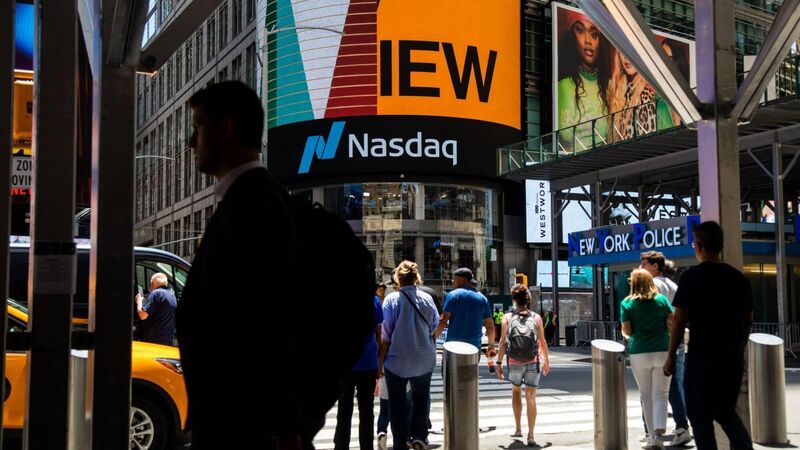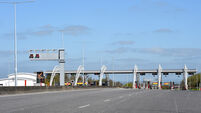Oliver Mangan: Markets call the odds of recession in US

US consumer spending rose by 1.8% in the first quarter and 1% in the second quarter.
The US economy contracted in both the first and second quarters this year, though the falls were modest, the latest official figures show. No doubt, this will only add to the debate about whether or not the economy is in recession.
There is no denying that the economy lost momentum in the first half of the year and some parts of the economy are in contraction, most notably housing.
However, chair of the US Federal Reserve, Jerome Powell was quite clear at his post-Fed meeting press conference last week that he does not believe the US is in recession. He is correct in this regard, in our view.
Indeed, much of the contraction in GDP in the first half of the year was due to a slowdown in the rate of inventory accumulation or stock building. Real final sales of GDP, which exclude stock changes, actually rose in the second quarter.
The National Bureau of Economic Research is generally recognised as the arbiter of business cycles in the US. It defines a recession as a significant decline in economic activity spread across the economy, lasting more than a few months, normally visible in monthly data, such as real personal income, employment, real personal consumption expenditures including retail sales, as well as industrial production.
On the basis of these gauges, the US economy is not in recession.
US consumer spending rose by 1.8% in the first quarter and 1% in the second quarter. Meanwhile, industrial production rose strongly in both quarters also. The US labour market has been particularly robust this year, with non-farm payrolls averaging a monthly rise of 450,000, resulting in the unemployment rate falling to 3.6%. A recession in the midst of such rapid employment growth would be rather odd.
The downside risks, though, are rising for the US economy with surging inflation weighing on real household incomes and consumer spending power, while the Fed continues to tighten monetary policy quite aggressively.
Meanwhile, the IMF sees the US economy growing by just 1% next year.
Not surprisingly, then, the markets have scaled back their expectations for US rate hikes since mid-June. The Fed hiked rates by 75 basis points as expected last week, taking them up to a range of 2.25% to 2.5%.
Markets now expect rates to peak at 3.25% by the end of this year, before being cut to 2.75% by end 2023.















